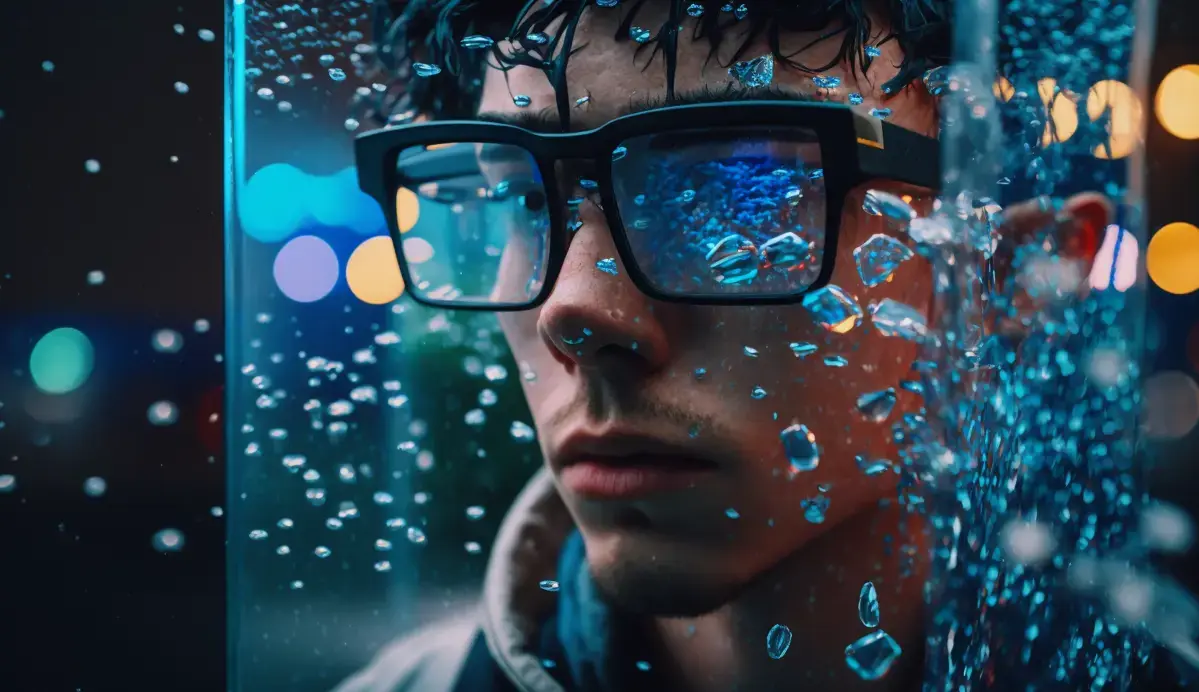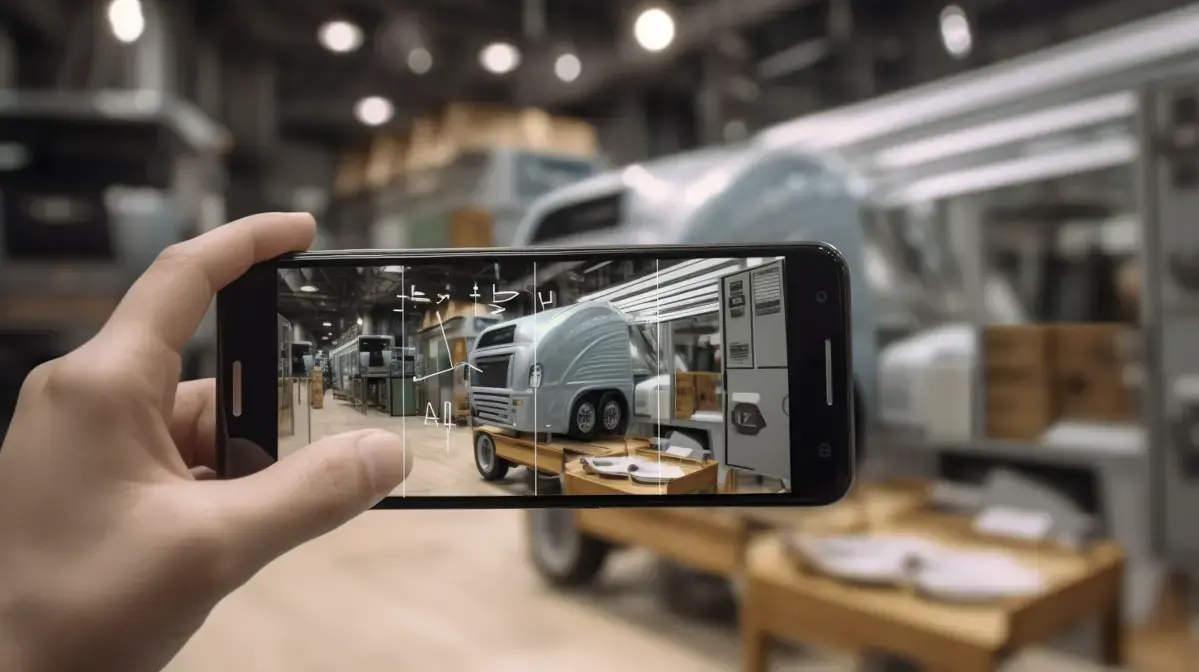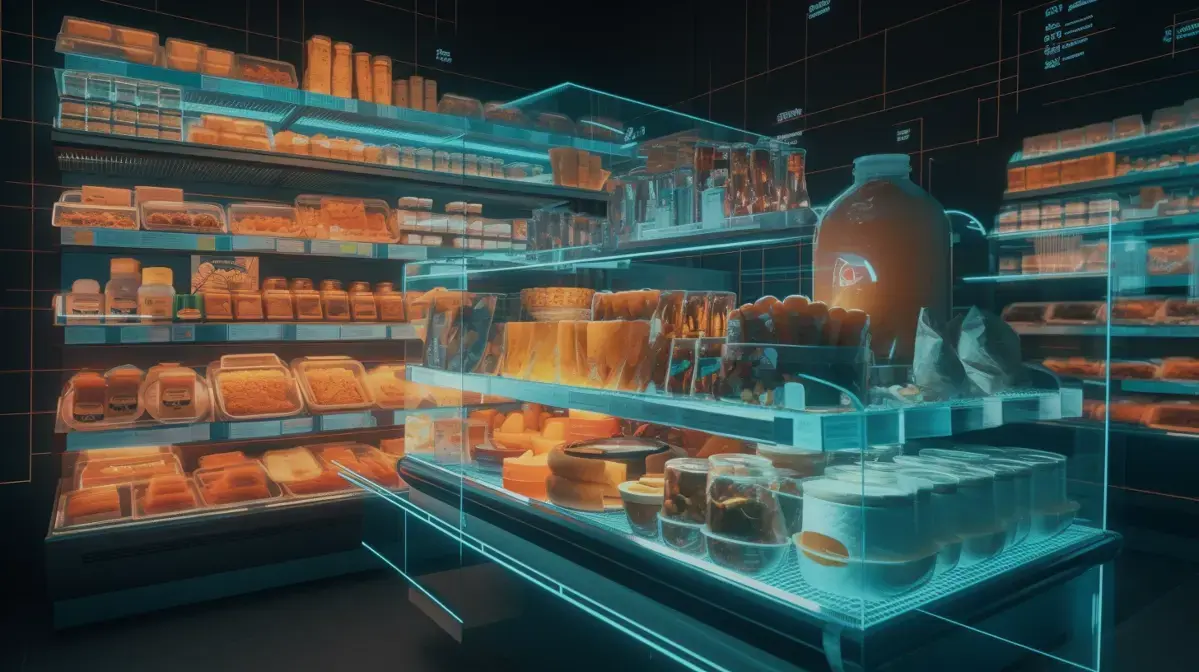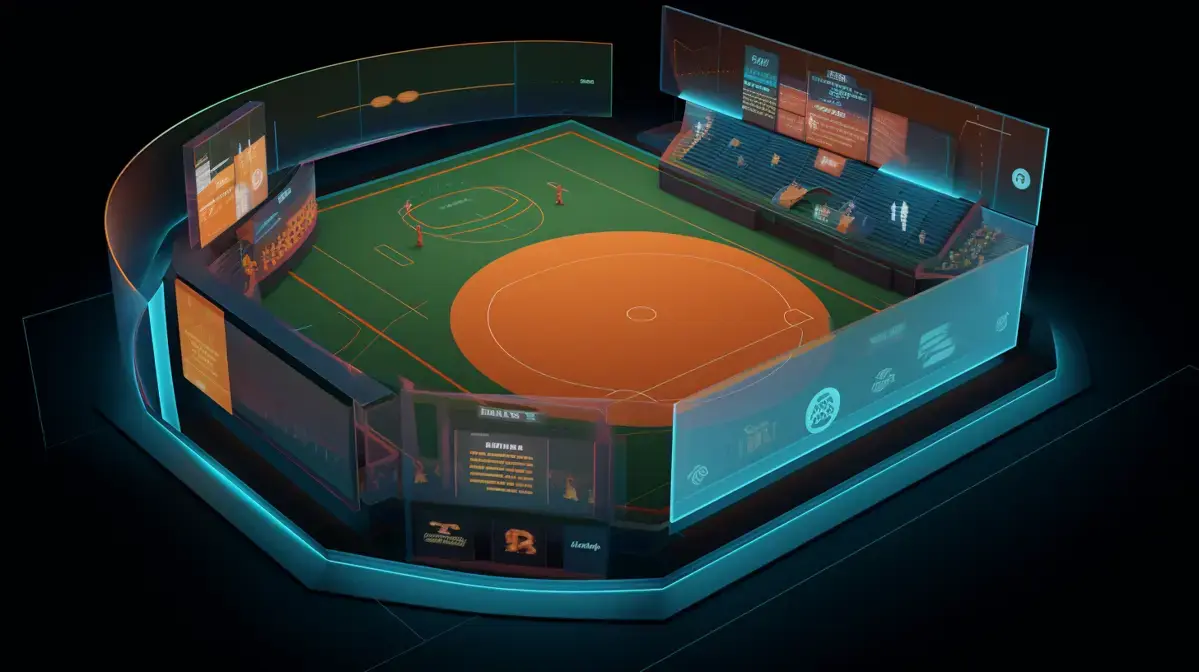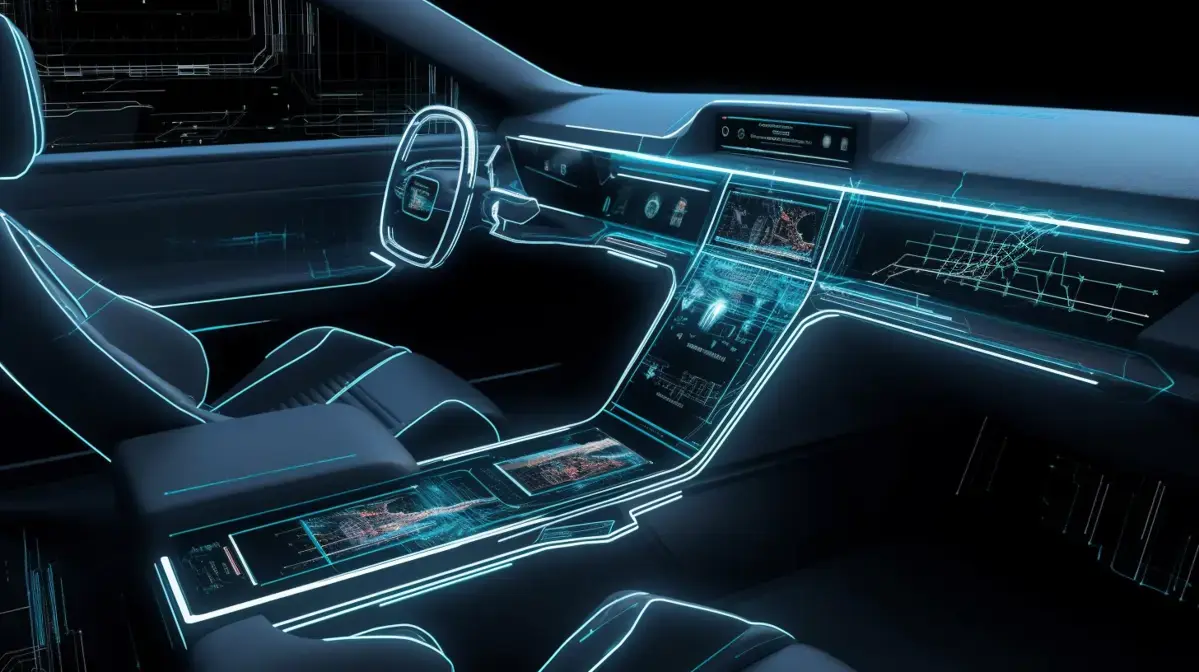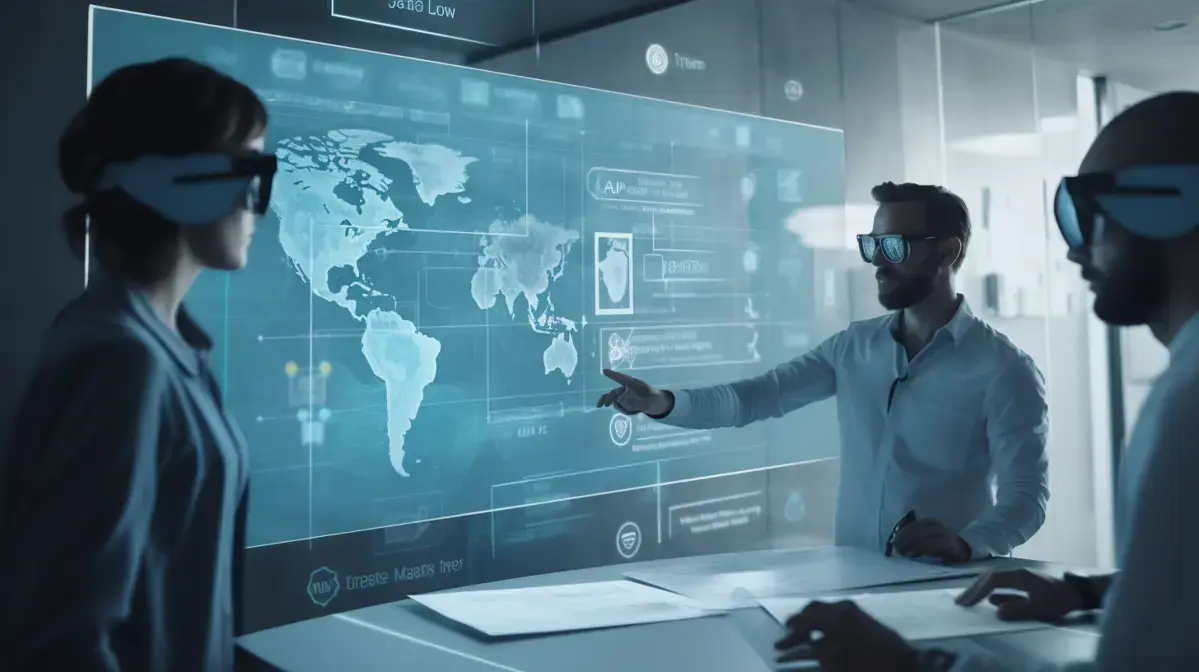Augmented reality (AR) is revolutionizing the way we learn and teach. As technology continues to advance, incorporating AR in teacher training programs has become essential. With AR, teachers get an interactive platform that allows them to create a realistic learning environment for their students.
By using AR headsets or mobile devices, teachers can immerse themselves in real-life situations and interact with virtual objects. This enables them to gain valuable experience in problem-solving skills, classroom management techniques and pedagogical strategies without disrupting actual classrooms.
Moreover, incorporating AR into teacher training also offers flexibility as it allows educators to experiment with different teaching methods before implementing them on real students.
With the availability of user-friendly platforms like ArgeoPin’s Augmented Reality solution here, Teachers can now create their own augmented reality resources including animations, videos, introductory slideshows which they could use across various subjects ranging from maths through science up till arts .
In conclusion ,incorporating Augmenter Reality solutions into Teacher Training programs will offer modern-day educators opportunities not only grow but also provide cutting-edge teaching practices that are sure bet for student engagement-driven success .
Table Of Contents
- Key Points
- Conclusion: Why Everyone Should Pay Attention to this Emerging Technology
- Introduction: Understanding Augmented Reality Technology
- The Benefits of Incorporating Augmented Reality in Teacher Training
- Interesting Facts
- Using Augmented Reality for Classroom Simulations and Role Play Scenarios
- Creating Interactive Learning Environments with Augmented Reality
- How to Develop Customized Augmented Reality Content for Teacher Training Programs
- FAQs
- Key Takeaways

Key Points
-
- Augmented Reality (AR) helps to create immersive learning experiences for teachers and students.
- AR can be incorporated into teacher training through the use of interactive simulations, 3D models, and virtual field trips.
- The use of AR in teacher training can increase engagement, retention, and overall learning outcomes.
The benefits of incorporating AR in Teacher Training include:
Better self-paced Learning:
With augmented reality devices like Google Glass or Microsoft’s HoloLens helping trainees to access information on-the-go the traditional classroom approach is no longer a necessity.
Makes Teaching Engaging:
AR brings with it innovative online technology that makes teaching more engaging. These techniques teach educators how they could apply such technologies within their own classrooms.
Why Everyone Should Pay Attention to this Emerging Technology
Augmented Reality (AR) and Virtual Reality (VR) have been growing in popularity over the years, with more industries adopting these technologies to enhance their offerings. The shopping and media consumption industry is no exception. AR allows consumers to try on clothes or furniture virtually before making a purchase decision, while VR offers an immersive experience when consuming media content.
Another example of integrating VR into our daily lives is video streaming services offering 360-degree videos that provide viewers with a unique perspective from all angles within a scene or environment – giving users a uniquely immersive experience as if they were there themselves.
Overall it’s exciting times ahead as mixed reality continues expanding its reach across different sectors bringing endless possibilities for creativity beyond our wildest imagination.
Introduction: Understanding Augmented Reality Technology
Augmented Reality (AR) technology has become increasingly popular in recent years, revolutionizing the way we interact with digital content and our surroundings. AR is a type of technology that overlays virtual objects onto real-world environments, creating an immersive experience for users. This cutting-edge innovation is made possible through the use of computer vision, machine learning algorithms and other advanced technologies.
The beauty of AR technology is its ability to bring imagination to life by adding layers of information on top of physical reality. With AR apps such as Pokemon Go or Snapchat filters, users can transform their mundane surroundings into magical worlds filled with fun characters or exciting experiences. The best part about this technology? Anyone can use it. All you need is a smartphone or tablet equipped with an AR app.
As someone who has worked extensively in the field developing this new wave tech; from conceptualization all up until product launch – I have had first-hand experiences seeing how innovative companies are incorporating augmented reality into their products / services / business models – and it never fails to amaze me every time. One noteworthy example comes from IKEA’s Place App which allows customers preview furniture items at home before purchasing them- making shopping more convenient than ever before.
The Benefits of Incorporating Augmented Reality in Teacher Training
Augmented Reality (AR) technology has revolutionized the way people interact with their surroundings. It allows digital information to be overlaid onto the real world, creating a seamless blend of virtual and physical reality. In recent years, AR has gained immense popularity due to its ability to enhance everyday experiences and provide new opportunities for various industries.
As a Augmented Reality enjoyer, experiencing this technology in action is nothing short of magical. The feeling one gets when they see a hologram pop up on their phone screen or watch as virtual furniture appears in front of them can’t be described in words – it’s something that needs to be seen firsthand.
One great example is how retailers are using AR technology for product visualization purposes; instead of visiting a store physically or scrolling through endless online photos, customers can now visualize products as if they were already there with them – changing colors and sizes at will. Similarly gamers get so immersed into games with VR headsets that it’s difficult not lose sense between reality & fiction.
Augmented Reality Technology continues to grow among us each day opening endless possibilities across varying fields including but not limited: aerospace engineering where pilots use augmented displays while flying planes (for better accuracy), healthcare training where doctors improve surgical skills by practicing’s procedures using life-like organs generated by the tech.
Interesting Facts
- Augmented reality has been around since the 1960s, but it wasn’t until the development of smartphones and tablets that it became more widely accessible.
- The global market for augmented reality in education is expected to reach $1.96 billion by 2025.
- Incorporating augmented reality into teacher training can improve retention rates as learners are more likely to remember information presented through an interactive medium.
- A study conducted by Purdue University found that students who used AR technology scored significantly higher on tests compared to those who did not use AR tools.

Using Augmented Reality for Classroom Simulations and Role Play Scenarios
Augmented Reality (AR) technology has come a long way in recent years. It is no longer limited to just gaming and entertainment, but rather, it has found its way into industries such as healthcare, education and even retail. AR overlays digital information onto the real world creating an immersive experience that blurs the lines between what’s real and what isn’t.
I have seen first-hand how this technology has evolved from crude 2D images to realistic 3D models that can be manipulated at will. The feeling of placing virtual objects into your own physical space truly makes you feel like a wizard conjuring up magical experiences out of thin air.
One moment, you could be standing in front of your fridge, deciding on what to eat for breakfast while using an app that superimposes information about food items over each item as if they were floating there in front of you – allowing for quick comparisons between ingredients or nutritional value without having to open each packet individually or squinting at tiny labels. With these technological advances being made every day, who knows where else we’ll start seeing augmented reality pop up next?
Overall, it’s fascinating how far along we’ve come already with this amazing tech – so much more than any early adopters would have ever thought possible back when these concepts were first introduced decades ago. Now, almost everyone can enjoy them too, regardless of their professions, thanks largely due to increased affordability making accessibility easier than ever before. It just goes to show that anything is possible given time, money, resources, imagination, creativity, dedication, perseverance, passion all rolled together nicely. Augmented Reality certainly proves a true testament to this positive statement.
Creating Interactive Learning Environments with Augmented Reality
Augmented Reality (AR) technology is not a new concept, but it has gained popularity in recent years. AR brings virtual elements into the physical world and enhances the human experience by creating an interactive and immersive environment.
One way that businesses are utilizing augmented reality is through marketing campaigns aimed at youngsters who love engaging entertainment experiences. For example, McDonald’s launched its “Happy Meal Box” campaign where kids could scan QR codes printed inside their Happy Meal box using the McDonald’s app which then unlocked fun games featuring characters such as Ronald McDonald or classic Disney figures like The Little Mermaid Ariel character or Spider-Man from popular comic books franchises such Marvel comics.
Overall, Augmented Reality Technology opens up countless opportunities for innovation across various industries including healthcare education finance media arts culture sports gaming retail architecture tourism automotive manufacturing logistics transportation agriculture mining energy utilities hospitality food beverages.
How to Develop Customized Augmented Reality Content for Teacher Training Programs
Augmented Reality (AR) technology is transforming the way we interact with digital content. Unlike Virtual Reality, which immerses users in a completely virtual environment, AR enhances our real-world experience by overlaying digital information onto physical spaces. This cutting-edge technology has become increasingly popular in recent years and can be seen everywhere from gaming to retail.
It’s clear that the potential of this technology is limitless. One example of its use can be found at museums where visitors can use their smartphones to view additional information on artwork or historical artifacts they are viewing within their immediate environment.
Another exciting aspect of AR is that it allows us to create immersive environments without taking up physical space – a boon for artists and designers alike. For instance, imagine walking down the street and seeing life-sized creatures from fantasy movies appear beside you as if they were really there. Such experiences have already been developed using augmented reality applications.
The possibilities for Augmented Reality Technology are truly endless – helping businesses enhance customer engagement through visuals while delivering unique promotional experiences simultaneously related.
FAQs
1. What is augmented reality?
Augmented reality (AR) is the technology that superimposes digital information such as images, videos, and 3D models onto the real world.
2. How can AR be used in teacher training?
AR can be used to create immersive learning experiences for teachers by overlaying digital objects on top of real-life classroom situations or scenarios.
3. What are some benefits of using AR in teacher training?
Using AR in teacher training can enhance engagement and motivation among trainees, improve retention rates of information taught during sessions, and provide a more interactive and personal learning experience.
4. Are there any downsides to incorporating AR into teacher training programs?
The main downside to using AR in education is accessibility – not all schools or institutions may have access to the necessary equipment or resources needed for an effective implementation of this technology. Additionally, it should not replace traditional teaching methods entirely but rather complement them as a tool for enhancing teaching practices when appropriate.

Conclusion
Incorporating augmented reality into teacher training can offer a multitude of benefits for both educators and students. By utilizing AR technology, teachers can enhance their teaching strategies, improve student engagement and retention rates, as well as provide immersive learning experiences. It is important to note that incorporating AR technology in teacher training requires careful planning and execution to ensure its effectiveness.
Educators who are interested in implementing AR technology should begin by assessing their specific needs within the classroom environment. They should then consider partnering with experienced tech companies or consultants who specialize in developing educational-oriented augmented reality applications.
As the world continues to evolve towards an increasingly digitized landscape, it is vital for institutions of education worldwide to embrace technological advancements such as Augmented Reality if they wish to remain competitive and relevant in today’s fast-paced digital era.
Key Takeaways
-
- Augmented reality is a powerful tool for teacher training that enhances learning experiences and improves instructional strategies.
- The benefits of augmented reality in teacher training include increased engagement, interactivity, and retention rates among teachers.
- Designing effective AR content requires careful planning and execution to ensure its alignment with specific learning objectives.
- Tech-savvy educators can create their own AR content using free or low-cost tools like Aurasma or HP Reveal.
- The incorporation of augmented reality into professional development sessions can support ongoing teacher growth by providing impactful, personalized opportunities for reflection on practice.


